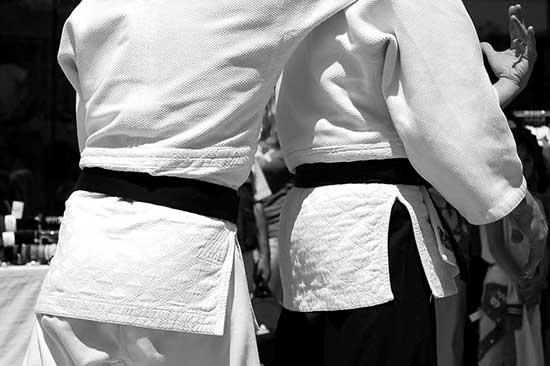Martial arts enthusiasts the world over may be more familiar with Muay Thai, but less with Sambo.
Hailing from Russia and Thailand respectively, these styles have earned a reputation for their prowess in competition and self-defense.
Despite their similarities in aggressive striking and grappling techniques, their differences are palpable, rooted in their origin, methodology, and training philosophy.
Contents
What does Sambo mean?
The Soviet Red Army birthed Sambo (SAMozashchita Bez Oruzhiya), meaning “self-defense without weapons,” during the early 20th century.
Sambo emerged from a desire to meld the strengths of judo and wrestling while avoiding their limitations.
Its widespread recognition as one of the world’s premier grappling styles stems from its early popularity in the Soviet Union and later expansion globally.
A bit about Muay Thai
Conversely, Muay Thai, or “the art of eight limbs,” with its eight points of contact – punches, kicks, knee strikes, elbow strikes, and clinching techniques – has a much longer history dating back hundreds of years.
It evolved from a method for Thai warriors to protect their country against invading forces and is now a staple in kickboxing and mixed martial arts.
Differences between Sambo and Muay Thai
One of the most distinctive differences between Sambo and Muay Thai lies in their focus.
Sambo places greater emphasis on grappling and submissions, such as throws, joint locks, and chokes, making it ideal for close-range combat and ground control.
On the contrary, Muay Thai prioritizes striking techniques and clinching to control distance, with less emphasis on grappling and submissions.
Training methods differentiate the two styles as well.
Sambo training focuses more on drilling, sparring, and live training to improve grappling and submissions, with attention to physical strength, endurance, and flexibility.
Muay Thai training, on the other hand, is more varied, incorporating techniques, pad work, bag work, sparring, clinching drills, and physical conditioning exercises to build strength, speed, and power.
| Sambo | Muay Thai |
|---|---|
| Originated in the Soviet Union | Originated in Thailand |
| Combines elements of wrestling, judo, and samozashchita bez oruzhiya (Russian martial art) | Focuses on striking techniques such as punches, kicks, elbows, and knees |
| Focuses both grappling and striking techniques | Primarily a striking-based martial art |
| Includes throws, takedowns, joint locks, and chokes | Includes punches, kicks, knee strikes, and elbow strikes |
| The uniform consists of a jacket, shorts, and boots | The uniform consists of shorts and gloves |
| Competitions involve both sport and combat sambo, with different rulesets for each | Competitions involve striking techniques only, with various rulesets for different organizations |
| Can be used for self-defense, military training, and sport | Primarily used for sports and competition |
| Utilizes a wide range of techniques from different martial arts, making it versatile | Focuses on a narrow range of techniques, but emphasizes mastering them |
| Practitioners often use leglocks and ankle locks | Practitioners are not allowed to use leglocks in many competitions |
| Incorporates training with weapons such as knives and sticks | Does not incorporate training with weapons |
| Places a strong emphasis on physical fitness and conditioning | Also places a strong emphasis on physical fitness and conditioning |
Similarities
Despite these differences, Sambo and Muay Thai share a commonality in their intense, aggressive training regimen and the high level of physical and mental discipline required.
Both styles are suitable for self-defense and competition, offering a comprehensive range of striking and grappling techniques.
What to choose?
The choice between Sambo and Muay Thai is a personal one, dependent on individual goals and preferences.
Those seeking a grappling and submission-focused style may find Sambo to be the better fit.
Conversely, those interested in striking and clinching techniques may prefer Muay Thai.
From a competition point of view, Muay Thai is more spread, with a wider competition scene and more opportunities to compete at a big level.
The opportunities for training in your area are another factor to take into account.
Conclusion
In conclusion, both Sambo and Muay Thai are highly effective martial arts styles with their own strengths and weaknesses.
The key to success in either style lies in consistent training and dedication.
Choose wisely based on your personal goals and preferences, and be prepared to invest time and effort in your martial arts journey.




